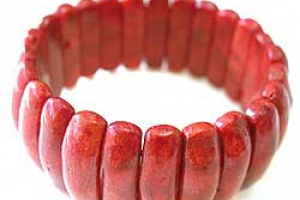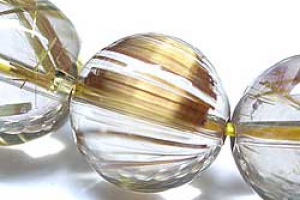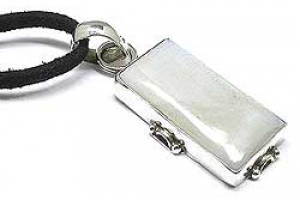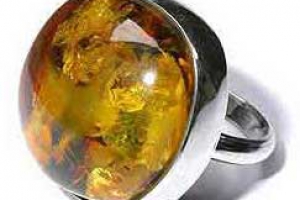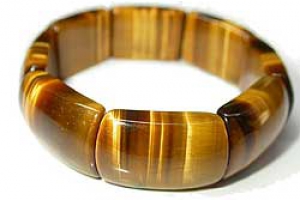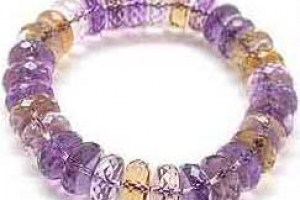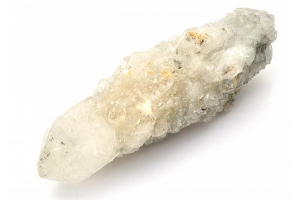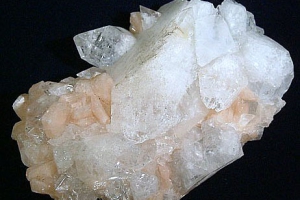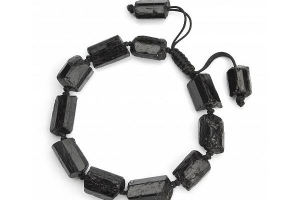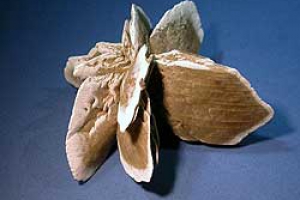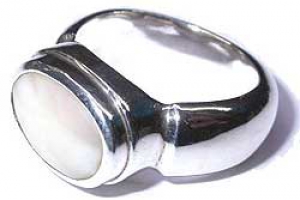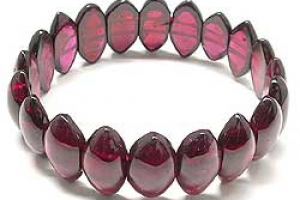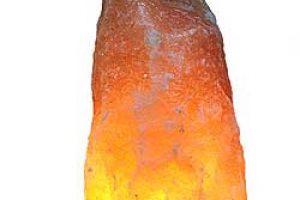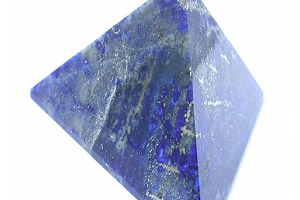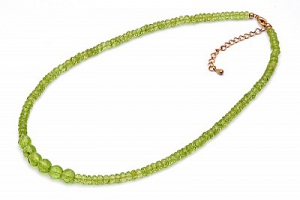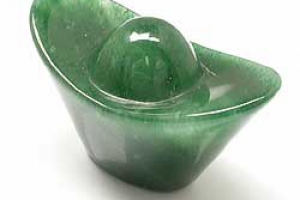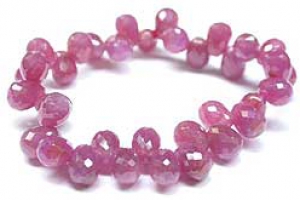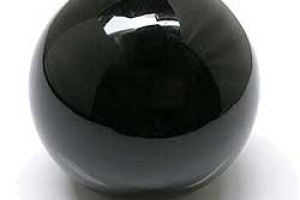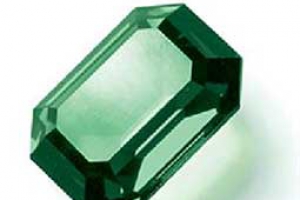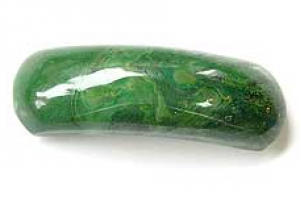Coral
Coral makes jewellery of a very special fascinating charm: the perfect embodiment of mankinds yearning for summer, sun and faraway seas.
The name as such, however, is still puzzling to linguists. Some are convinced that the Greek wordkoraillon is the root, as this signifies the hard and calcareous skeleton of the Coral animal. Another possible source is kura-halos, meaning mermaid, and after all, the fine Coral branches sometimes remind us of the shape of people. Other experts favour the theory that the word comes from Hebrew, goral, the name for the stones used to cast an oracle, and in fact the Coral branches were used for casting oracles in former times in Palestine, Asia Minor and the around the Mediterranean. 
Corals live in depths between three to three thousand metres in the seas around Japan, Taiwan and the Malayan Archipelago, in the Red Sea, the Biscayan Gulf and around the Canary Islands, but also in north-eastern Australia and off the Midway Islands. In the Mediterranean there are Coral reefs all around the Tyrrhenian Sea, along the coastline of Sardinia and also off the shores of Tunisia and Algeria, Yugoslavia and Turkey.
When talking about Coral, the Coral reefs of the Pacific Ocean or of Australia are the first images which come to mind reefs, banks, atolls which are some of Natures most impressive miracles of beauty. But it is not these protected kinds of Coral which we are taking a closer look at here. For jewellery purposes, only Corals of the species e.g. Corallium rubrum or Corallium japonicum are being used.
Like pearls, Corals also belong to the organic jewellery material. It is an interesting phenomenon indeed that both are products of the element water, and are in fact chemically related. Both consist of over 90% carbonic lime. It is a virtual miracle that Nature manages use the same dull material to create fiery red Coral and to let grow beautiful pearls.
What are Corals?
Corals are produced by tiniest life forms, which settled in the depths of warm seas in vast colonies, long before our time. The Coral cnidarian is covered by a fleshy skin and secretes a calcareous substance, from which there are built the branchlike structures of the of the Coral stems. They can grow up to 40 cm in height, the thickness of the branches, however, hardly ever amounts to more than four cm. Only at the forks the structures are a little thicker. And from these parts the valuable raw material is gained which will then be turned into pieces of jewellery, large Coral balls or carved objects.
The fragile Coral trees are traditionally brought to the light of day from the depths of seas by means of dragnets. Since first class Coral, however, has become rather rare, today a more environment conscious approach is generally applied and divers will collect the fragile Coral branches. In the next step, the pieces are cleaned, sorted, and treated with saws, files and drills. Coral is hardly ever cut like other gemstones.
When unfinished, Coral appears dull and matted. Only after polishing it receives its beautiful gloss. Often Coral is porous, sometimes with fissures and thus of lower quality. To some extent, such qualities can be improved by application of coloured wax, which enhances the optical impression. Good quality Coral shows an even colouring and has no fissures, spots, bands or cavities. Since genuine untreated Coral is rare, the price it achieves is quite high. Therefore any bargain should be met with distrust. Top quality Coral jewellery is best bought in a well-reputed shop.
- Previous Page
- Next Page






